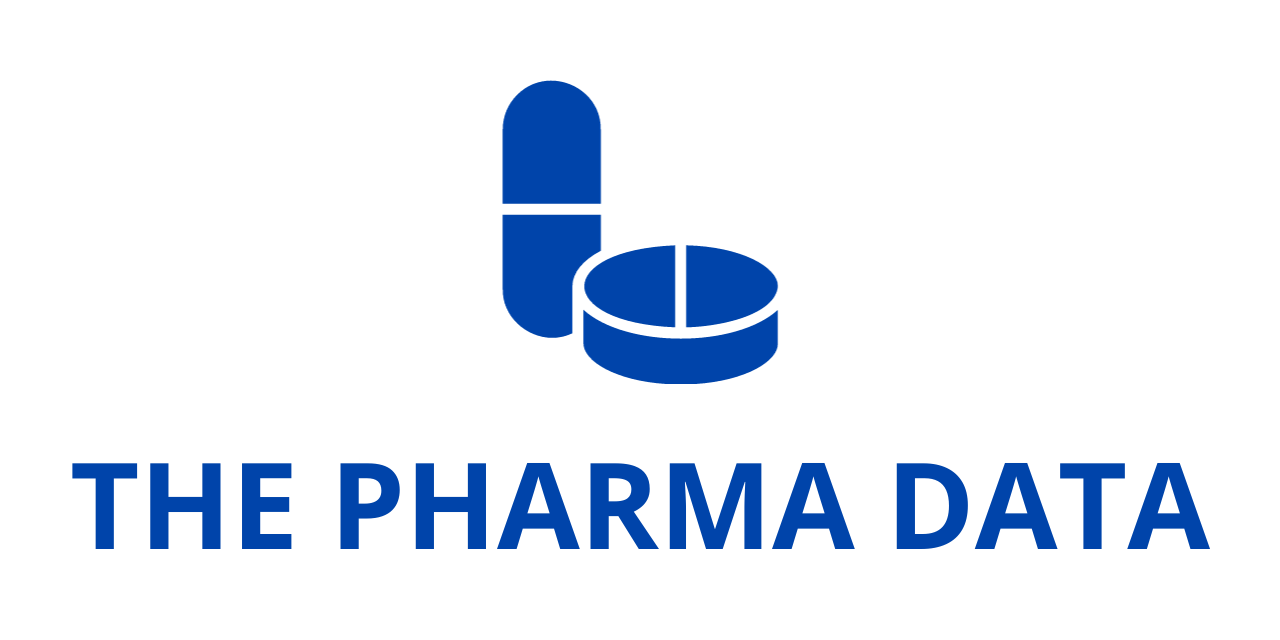
Elanco Animal Health Incorporated (NYSE: ELAN) has announced that the U.S. Food and Drug Administration (FDA) has approved Zenrelia™, a once-daily oral JAK inhibitor for the control of pruritus (itching) caused by allergic dermatitis and atopic dermatitis in dogs 12 months or older.
Itching is a major reason for vet visits, with about 17 million dogs suffering from allergic skin conditions like atopic dermatitis, food allergies, or flea sensitivity. Many pet owners (60%) whose dogs’ itch isn’t under control report that treatments often fail to help.
Zenrelia’s approval marks a significant breakthrough in managing chronic, acute, or seasonal itching and inflammation in dogs. The once-daily tablet works by targeting the pathways responsible for allergic itching, helping to break the itch-scratch cycle. Zenrelia offers visible improvement from the first dose and reduces the risk of “rebound itch,” a common issue with other JAK inhibitors.
“Today is a landmark day for Elanco as we make our first foray into the fast-growing global canine dermatology market,” said Jeff Simmons, President and CEO of Elanco Animal Health. “Zenrelia brings veterinarians and pet owners an effective new treatment, outperforming the current JAK inhibitor in getting dogs back to normal itch levels.”
Promising Results from Head-to-Head Study
Elanco conducted a noninferiority study comparing Zenrelia to Apoquel, the market’s leading JAK inhibitor, in dogs with confirmed atopic dermatitis. The randomized, double-blind study involved 338 dogs across 25 sites in four countries. Zenrelia demonstrated at least equivalent efficacy to Apoquel at the primary endpoint on Day 28.
Key findings include:
- Zenrelia consistently provided greater relief from itching and skin lesions over time, with no reduction in dosage after Day 14, unlike Apoquel.
- By the end of the study, 77% of dogs treated with Zenrelia achieved clinical remission of itching, compared to 53% of Apoquel-treated dogs.
- Pet owners and veterinarians rated Zenrelia higher than Apoquel for overall treatment response from Day 28 to Day 112.
- Both treatments showed similar adverse event profiles.
Veterinarians and Pet Owners Want More Options
Nearly 70% of veterinarians are open to stocking another dermatology product, as many dogs still don’t find relief from itching, and pet owners seek more affordable options.
“Zenrelia’s once-daily dosing is not only convenient but also more cost-effective,” said Bobby Modi, Executive Vice President of U.S. Pet Health and Global Digital Transformation. “The launch price is about 20% lower than Apoquel for nearly all dogs, and Zenrelia’s single daily dose further reduces costs in the first 14 days.”
For example, Trooper, a Yorkshire Terrier in the Zenrelia clinical trial, had a pruritus score of 10 out of 10 before treatment. By the end of the first two weeks, his itch level dropped to 1.9, eventually reaching 1.1, which is considered normal.
Dr. Tom Lewis, a veterinarian and clinical investigator, expressed excitement about Zenrelia’s potential, noting the rapid results observed in his patients during the trial.
Proven Safety
Zenrelia’s safety has been demonstrated in numerous studies. In a margin of safety study, healthy dogs were given up to five times the recommended daily dose over six months, with no serious adverse events.
However, Zenrelia’s label includes a boxed warning regarding vaccine administration. In a study involving eight laboratory beagles treated with Zenrelia, two were immunosuppressed and euthanized, and only some dogs successfully responded to vaccinations. As a result, dogs should be up to date on vaccines before starting Zenrelia. Veterinarians are advised to carefully review the full package insert, including the Boxed Warning, before prescribing the medication.
“Zenrelia has shown safety and efficacy across multiple studies,” said Dr. Mara Tugel, Dermatology Medical Strategic Lead at Elanco. “We are committed to providing clinicians with the data they need and will continue to research vaccine response in Zenrelia-treated dogs to enhance the product’s label in the future.




